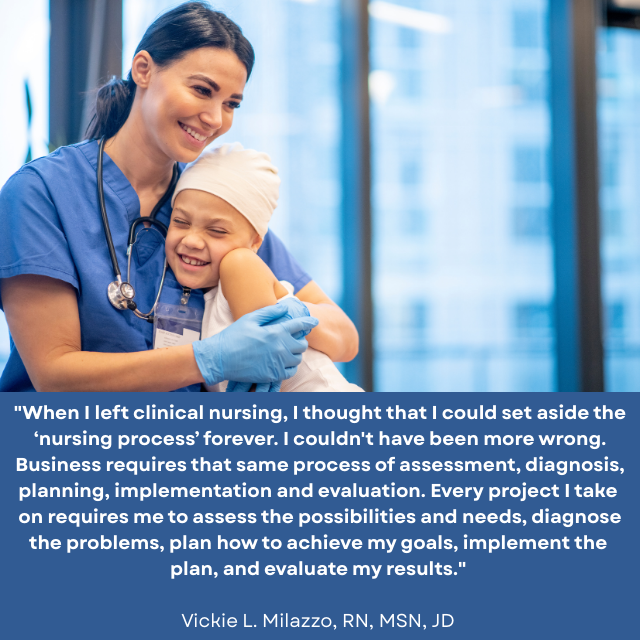- +1 (267) 368-7090
- contact@matcgroup.com
-
53 Knightsbridge Rd,
STE 216
Piscataway, NJ 08854.
Emergency nurses are masters of more than patient care—they’re also masters of managing information. On Emergency Nurses Day, we celebrate their skill, speed, and compassion. But we’d be remiss not to recognize something less visible but equally critical: their expertise in knowledge management.
From the moment a patient arrives in the emergency room to the moment they’re admitted, discharged, or transferred, a thousand pieces of information are gathered, analyzed, and acted upon. And unlike your office SharePoint folder, there’s no time to “circle back.”
Let’s walk through the emergency department experience, from triage to transfer, and see how knowledge flows in the ER can inspire smarter knowledge management across industries.
When a patient walks through the ER doors, triage nurses perform rapid assessments. They don’t guess or improvise—they follow a standardized process:
This is knowledge management in its purest form: fast, consistent capture of key data that informs every step that follows.
Takeaway for organizations: Your version of triage might be intake forms, client requests, or incident reports. If you don’t capture the right information at the start, and store it accessibly, you’re working uphill from the beginning.
Diagnosis and Treatment: Applying Protocols and Experience
Emergency nurses combine evidence-based protocols with on-the-job experience to act fast and make decisions under pressure.
They know where to find answers, whether in a chart, a colleague’s update, or institutional knowledge passed down during onboarding.
Takeaway for organizations: Create systems where people don’t have to search for the right approach. Make protocols findable, update them regularly, and ensure everyone knows where knowledge lives.
The final, and often most delicate, stage of the ER journey is the handoff: to another nurse, department, or hospital. This is where communication breakdowns can be dangerous, even fatal.
Emergency nurses use structured communication models like SBAR (Situation, Background, Assessment, Recommendation) to ensure nothing falls through the cracks.
No guesswork. No missing charts. Just actionable knowledge transfer.
Takeaway for organizations: When people transition between teams or roles, is the handoff smooth? Are you relying on memory or email chains, or do you have a standardized, documented process that everyone follows?

Emergency nurses succeed in managing knowledge under pressure because:
Takeaway for organizations: Your team might not be working with crash carts and cardiac monitors, but if your knowledge systems aren’t helping people make decisions quickly and confidently, they’re not doing their job.
The emergency department doesn’t function because nurses remember everything. It functions because knowledge is captured, shared, and applied with intention.
This Emergency Nurses Day, let’s take a cue from the chaos coordinators in scrubs. Whether you’re building a knowledge base or improving handoffs between departments, ask: Would this work if lives depended on it?
Because in some cases, they do.
Burnout, Meet Your Match: How Knowledge Management Keeps Teams Sane
Knowledge Management and Workplace Transitions
From Newbie to Pro: Top Knowledge Management Practices
“85 Nursing Quotes: Words of Wisdom for Nurses.” University of St. Augustine for Health Sciences. 6/20/24. Accessed 8/29/25. https://www.usa.edu/blog/nursing-quotes
Milazzo, Vicki L., RN, MSN, JD. “12 Things Nursing Taught Me About Owning a Business.” 12/19/12. Accessed 8/29/25. https://www.sciencedirect.com/science/article/abs/pii/S155288550470402X#